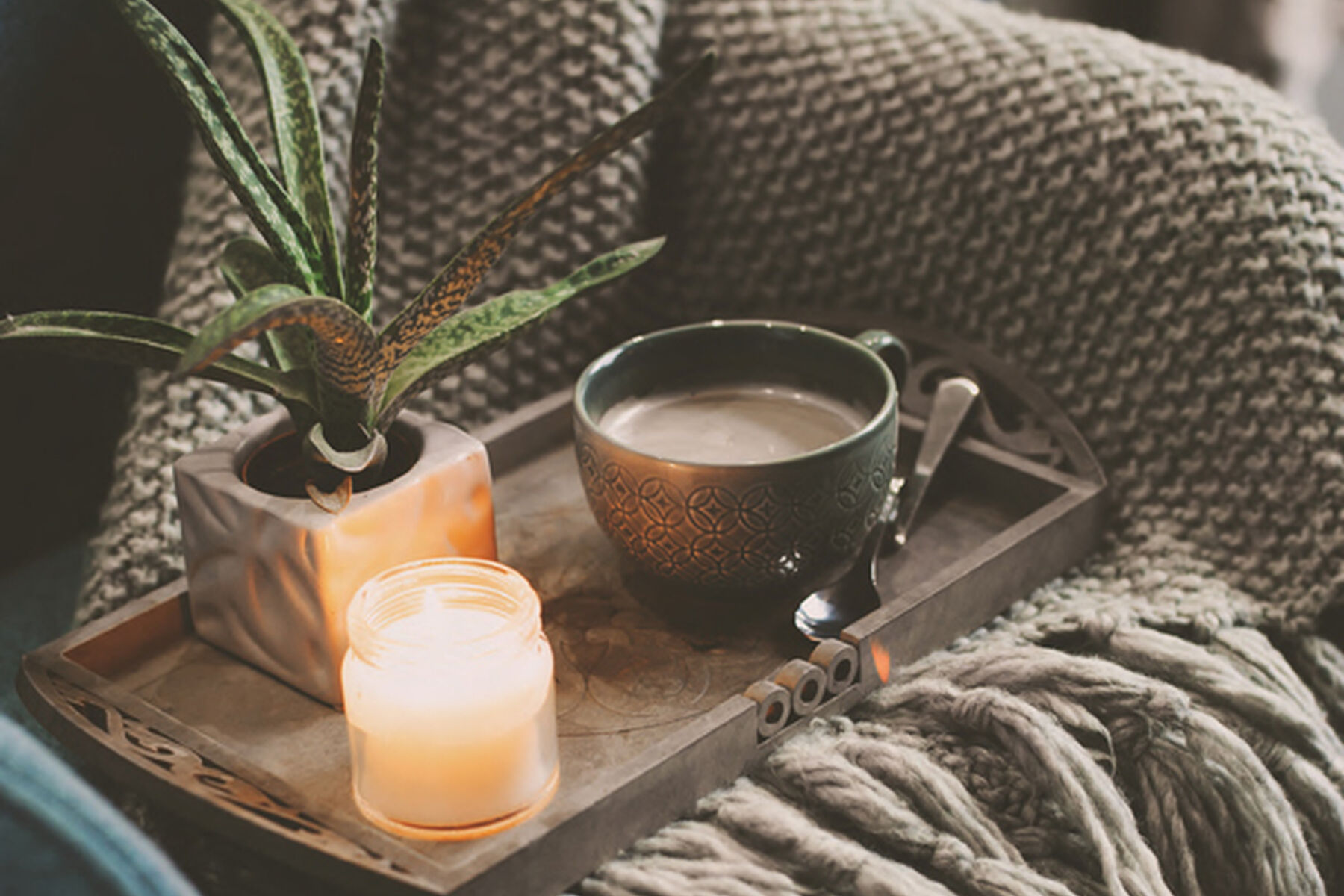

Winter is well and truly here, so we thought it was a good time to give you some information to help you be as comfortable as possible in your cabin. To help keep it warm and dry, we’ve compiled a few helpful hints and tips to make this winter cosy and warm.
There are easy and inexpensive ways to warm up your home during winter, with overnight temperatures reaching below zero in most parts of the country.
There are two elements that determine the comfort level of a home: Temperature & Humidity (moisture).
Did you know that the average household can produce up to 30 litres of moisture per day? This happens whether you are living in a cabin or in a standard house and a lot of it comes from the moisture in your breath and surrounding humidity. The moisture is released into the air and can create a chilly living environment, you can’t help it, it’s science. That is a lot of moisture for a small space such as your cabin to deal with!
You’ve probably noticed how quickly a small space can trap in the moisture if you’ve ever sat in a car for a long enough period of time.
One of the best ways to prevent dampness is to keep the cabin warm during winter using a small heat pump or panel heater.
They are very cheap to buy and cheap to run. The best thing to do is to turn it on as the afternoon starts getting cold and then leave it on, on the lowest fan setting all night. This will keep the cabin warmer for longer.
There are lots of other things you can do to maintain a dry and comfortable tiny home this winter:
Top tips for keeping your cabin warm and dry
- Open the windows when it is warm enough outside to let air flow through the cabin, and leave the windows ‘on the latch’ when possible to let the air circulate. The opening top windows are great for this as you won't compromise on security when you're out.
- Try to avoid drying your clothes inside your cabin. This is easier said than done especially when it's raining outside
- Never use unflued gas heaters inside, especially the portable LPG heaters. They produce 1 Litre of moisture an hour and emit the same amount of carbon monoxide as a new car engine idling. NZ is one of the only developed countries in the world that permits the sale of LPG heaters for indoor use. The fumes are toxic. Cheap portable electric heaters are safer and cost less to run.
- Use a heater! The World Health Organisation recommends a minimum indoor temperature of 18 degrees, or 21 degrees for young, elderly, or disabled people. Heat Pumps, Oil Bar Heaters, and Low Wattage Panel Heaters are great.
- When cooking use lids on your pots if you’re boiling water. Always use a rangehood or open the window.
- Open the window in the kitchen when you are cooking or boiling the jug to allow the steam to escape.
- When you have a shower turn the extractor fan on and leave it running for a while after your shower to clear the room of steam. Try not to turn it off as soon as you exit the bathroom.
- Leave a gap between large furniture and the wall to allow air to circulate.
- In the depths of winter when you've spent lots of time indoors, use a small dehumidifier when possible to extract excess moisture from the air of your cabin. They're very economical to run and work a treat in small spaces.
- Keep your blinds open during the day to allow the sun in and make the most of the passive solar gain - Free heat.
- Don't use an unvented or poorly vented tumble dryer inside. We recommend a washing machine / condensing dryer hybrid.
- Heat pump filters can get clogged – aim to clean them every few weeks and your heat pump will run more efficiently and save you money
Hopefully, these tips give you some useful information to help make you comfortable this winter. But, as always, if you have any questions please don’t hesitate to contact us!